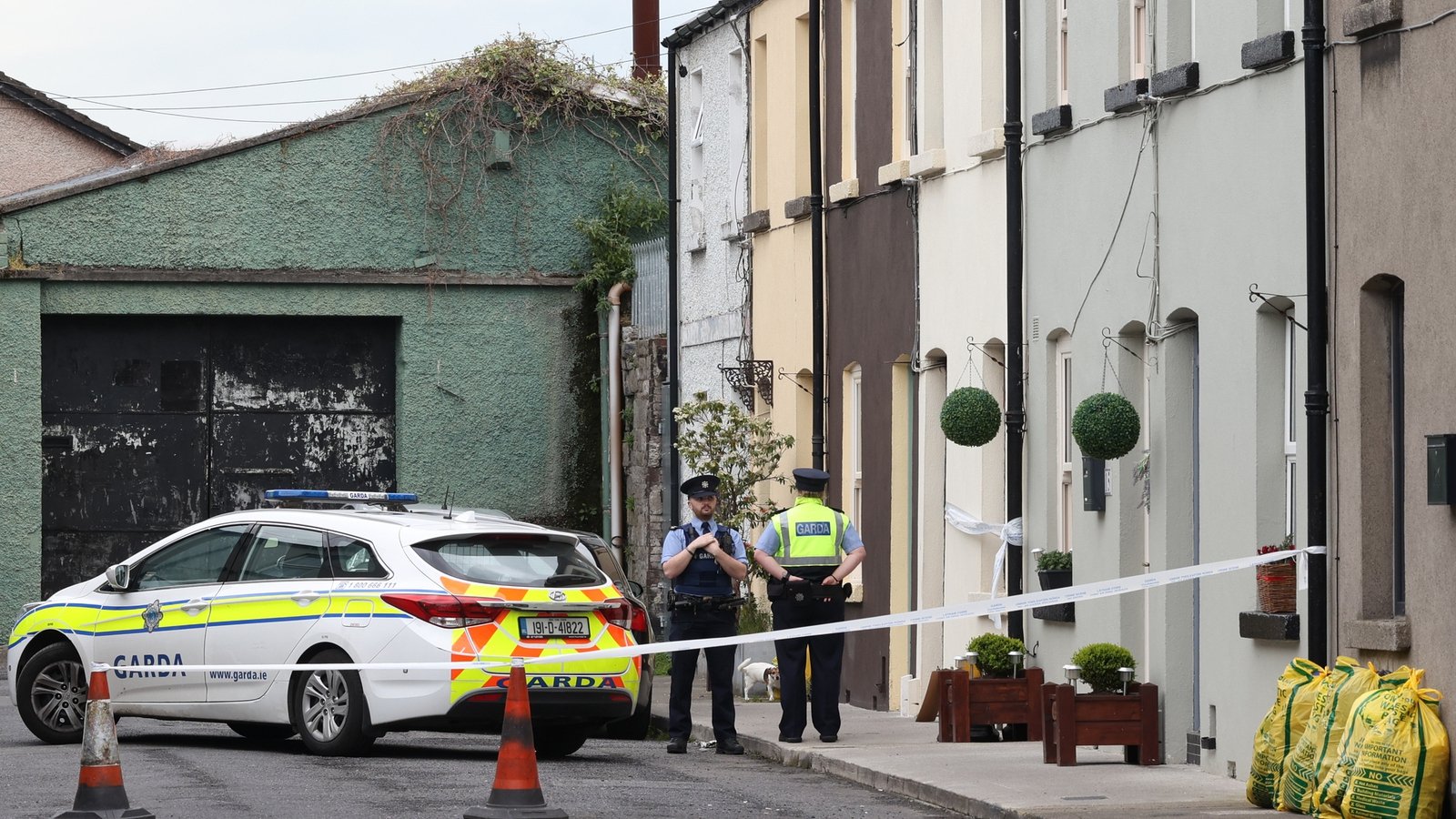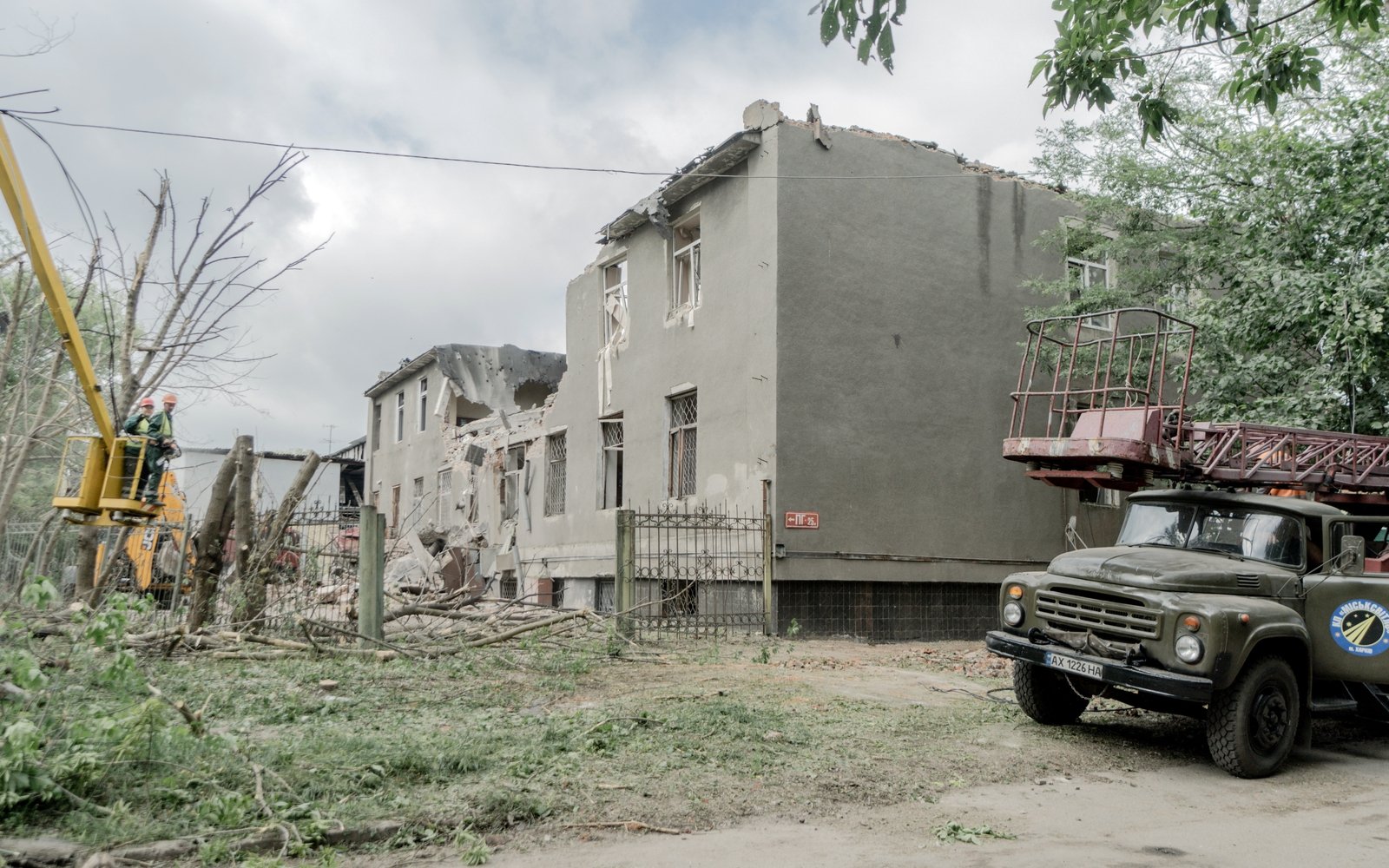Woman not guilty of mother’s murder by reason of insanity


A 47-year-old woman who stabbed her mother to death has been found not guilty of murder by reason of insanity.
Moire Bergin was found naked and covered in blood near her mother’s home in Dublin city centre on 13 April 2022 and told a garda she had killed her mother.
Psychiatrists for the prosecution and defence agreed that she was suffering from a serious mental illness at the time and believed her 76-year-old mother Mary was the devil.
The jury took one hour and seven minutes to reach a unanimous verdict of not guilty by reason of insanity.
Mr Justice Paul McDermott ordered Ms Bergin to be committed to the Central Mental Hospital where she has been since shortly after the killing, to be examined by an approved medical officer.
A report on her current mental state will be submitted to the court on 16 July.
The Central Criminal Court heard that Moire Bergin had been struggling with her mental health since 2005 and had at least 14 admissions to hospital as a result, most of them involuntary.
She had a diagnosis of bipolar affective disorder with symptoms of mania, depression and psychosis.
Two consultant forensic psychiatrists, Dr Paul O’Connell for the prosecution and Dr Stephen Monks for the defence, agreed that at the time she killed her mother she did not know the nature and quality of what she was doing, did not know what she was doing was wrong and could not stop herself.
Prosecuting counsel James Dwyer told the jurors that only one of these three criteria had to be satisfied for a verdict of not guilty by reason of insanity but Ms Bergin met all three.
The court was told symptoms of Ms Bergin’s mental illness included religious delusions and exposing herself.
Her mental health had deteriorated significantly over the year leading up to the killing.
She had been admitted to hospital six times, and on each occasion she was manic, psychotic and was wandering the streets naked.
She was last released from hospital on 8 April 2022, five days before the killing. Dr Monks said Ms Bergin told him she had masked her symptoms from her treating team in order to get discharged even though she was only partially in remission from her illness.
Her mental state then rapidly deteriorated. She spent a lot of time at her mother’s home at First Avenue, Seville Place in Dublin 1 although she had a flat nearby.
The court heard her mother made a 999 call in the early hours of the morning of the killing and sought an ambulance for her daughter who was in the back garden, naked. However, gardaí arrived at the house and Mary Bergin said she did not want gardaí and wanted an ambulance instead.
Moire Bergin was seen walking around the area later that morning. She was seen genuflecting and praying before a statue of the Virgin Mary in the local church.
Just after 11am that morning, Ms Bergin went into the local funeral home looking for flowers. She then told a woman she knew in the local shop that she had cut her mother’s throat and she was dead.
When gardaí arrived at her mother’s home they found Ms Bergin outside, highly distressed, naked and covered in blood. She told gardaí she had killed her mother and she was inside.
Gardaí found the body of Mary Bergin inside the house. She had been stabbed in the head and neck and died of significant blood loss causing organ failure and death.
Ms Bergin asked gardaí if they had seen the evil in her mother’s eyes. In her interviews she talked about the devil and said she “saw the devil” and lost her cool.
Mr Dwyer told the jurors that the evidence all pointed in one direction and the appropriate verdict on the evidence was not guilty by reason of insanity.
Defence counsel Fiona Murphy said the case was heartbreaking and Ms Bergin was charged with murdering the person to whom she felt closest and who had supported her tirelessly through her difficulties.
She said they had not heard any evidence that would give them a basis for any other verdict other than not guilty by reason of insanity.
Mr Justice McDermott told the jurors the verdict was up to them but they had to reach a decision in accordance with the evidence they had heard. He also reminded them there was no conflict between the evidence of the expert witnesses.
He told the jurors the reality of the case fell to be considered on evidence which was not refuted.
The facts, he said were stark and clear and deeply tragic.





